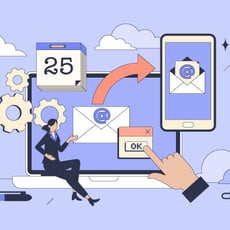Resources
Get insights, answers, and inspiration—all built to keep you ahead in tech.

01-13-2025

12-18-2024

07-17-2024

02-09-2024

11-24-2023